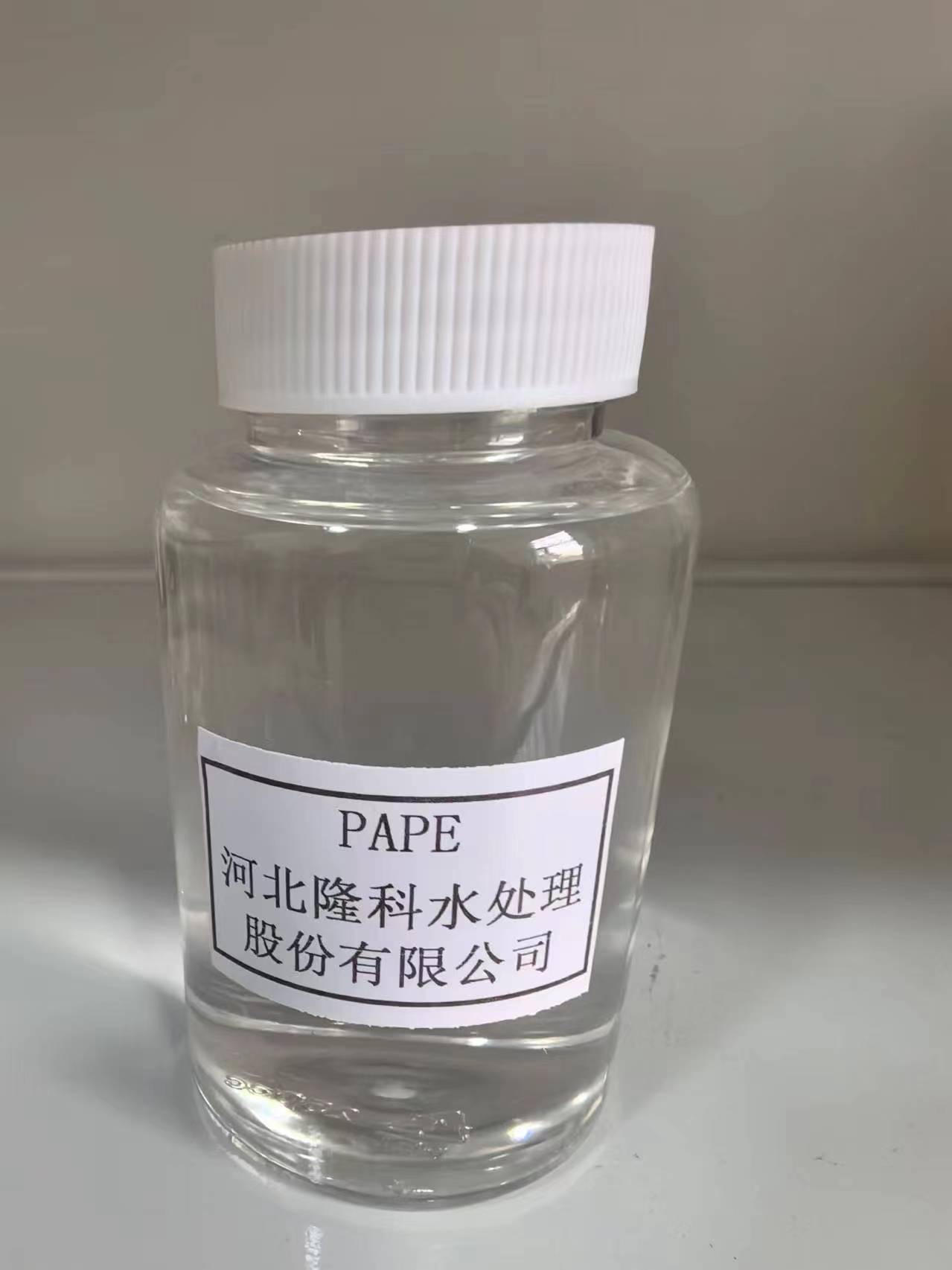coagulants and flocculants
Coagulants and Flocculants Essential Agents in Water Treatment
Water is a vital resource for sustaining life, and its quality is paramount for health and environmental sustainability. One of the key processes involved in water treatment is the use of coagulants and flocculants. These substances play a crucial role in the removal of suspended solids, organic matter, and microorganisms from water, ensuring that the water is safe for consumption and other uses.
Understanding Coagulants
Coagulants are chemical substances that facilitate the aggregation of small particles in water into larger clusters or flocs. This process is known as coagulation. Coagulants work by neutralizing the electrical charges that keep particles suspended in water. When introduced to water, coagulants, such as aluminum sulfate (alum) or ferric chloride, destabilize the colloidal particles, allowing them to combine and form larger aggregates. The process is typically initiated by rapid mixing, which ensures the coagulant is evenly distributed throughout the water.
Once the particles are agglomerated into larger flocs, they become easier to remove from the water through sedimentation or filtration. The choice of coagulant depends on various factors, including the type of impurities present in the water and specific treatment requirements.
The Role of Flocculants
While coagulants initiate the aggregation of particles, flocculants enhance the process by promoting the formation of larger flocs that settle more easily. Flocculants are typically long-chain polymers that adsorb onto the surface of the flocs, further bridging particles together. This results in the creation of larger and more robust aggregates that can effectively be removed from water.
Common flocculants include polyacrylamide and natural polysaccharides like starch and guar gum. The selection of a flocculant is crucial as it impacts the efficiency of the treatment process, the quality of the treated water, and the operational costs associated with water treatment.
The Treatment Process
The water treatment process involving coagulants and flocculants typically proceeds through several stages
1. Pre-treatment This step may involve the adjustment of pH and temperature, as these factors influence the effectiveness of coagulation and flocculation.
coagulants and flocculants

2. Coagulation A coagulant is added to the water, causing the destabilization of suspended particles. Rapid mixing ensures a uniform distribution of the coagulant.
3. Flocculation Following coagulation, flocculants are introduced, and gentle mixing is implemented. This allows for the formation of larger flocs that can be effectively removed.
4. Sedimentation The water is allowed to stand, enabling the larger flocs to settle at the bottom of the treatment tank.
5. Filtration The supernatant water, which is now clearer, can be filtered to remove any remaining particulate matter.
6. Disinfection To ensure microbial safety, the treated water undergoes disinfection, often using chlorine or ultraviolet light.
7. Post-treatment Finally, adjustments may be made to the treated water before it is released for consumption.
Importance and Applications
Coagulants and flocculants are vital in various water treatment applications, including municipal water supply, wastewater treatment, and industrial processes. They not only ensure compliance with health regulations but also improve the aesthetics of water by removing turbidity and color.
Moreover, the environment benefits from the use of these agents as they minimize the discharge of harmful substances into water bodies, promoting the health of aquatic ecosystems. Innovations in the field have also led to the development of eco-friendly coagulants and flocculants, further enhancing sustainability in water treatment practices.
Conclusion
In conclusion, coagulants and flocculants are critical components of water treatment. Their ability to enhance the removal of impurities and improve water quality is indispensable in safeguarding public health and preserving the environment. As water scarcity becomes an increasing global concern, the importance of effective water treatment processes will only continue to grow. Understanding and optimizing the use of coagulants and flocculants will play a significant role in addressing these challenges and ensuring clean water for future generations.
-
Premium Isothiazolinones | Broad-Spectrum Biocidal SolutionsNewsAug.28,2025
-
LK-319 Special Scale And Corrosion Inhibitor For Steel Plants: Advanced Solutions for Industrial Water SystemsNewsAug.22,2025
-
Flocculant Water Treatment: Essential Chemical Solutions for Purification ProcessesNewsAug.22,2025
-
Isothiazolinones: Versatile Microbial Control Agents for Industrial and Consumer ApplicationsNewsAug.22,2025
-
Scale Inhibitor: Key Solutions for Water System Scale PreventionNewsAug.22,2025
-
Organophosphonates: Versatile Scale Inhibitors for Industrial Water SystemsNewsAug.22,2025





